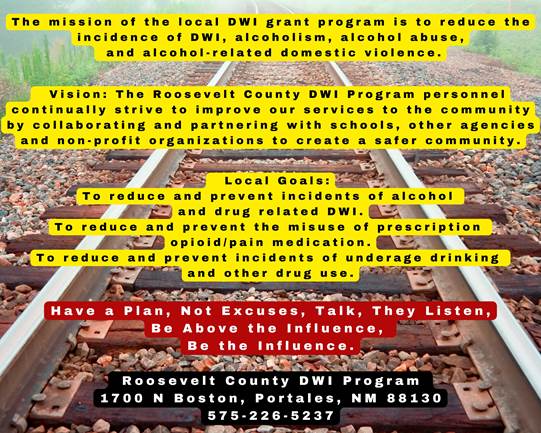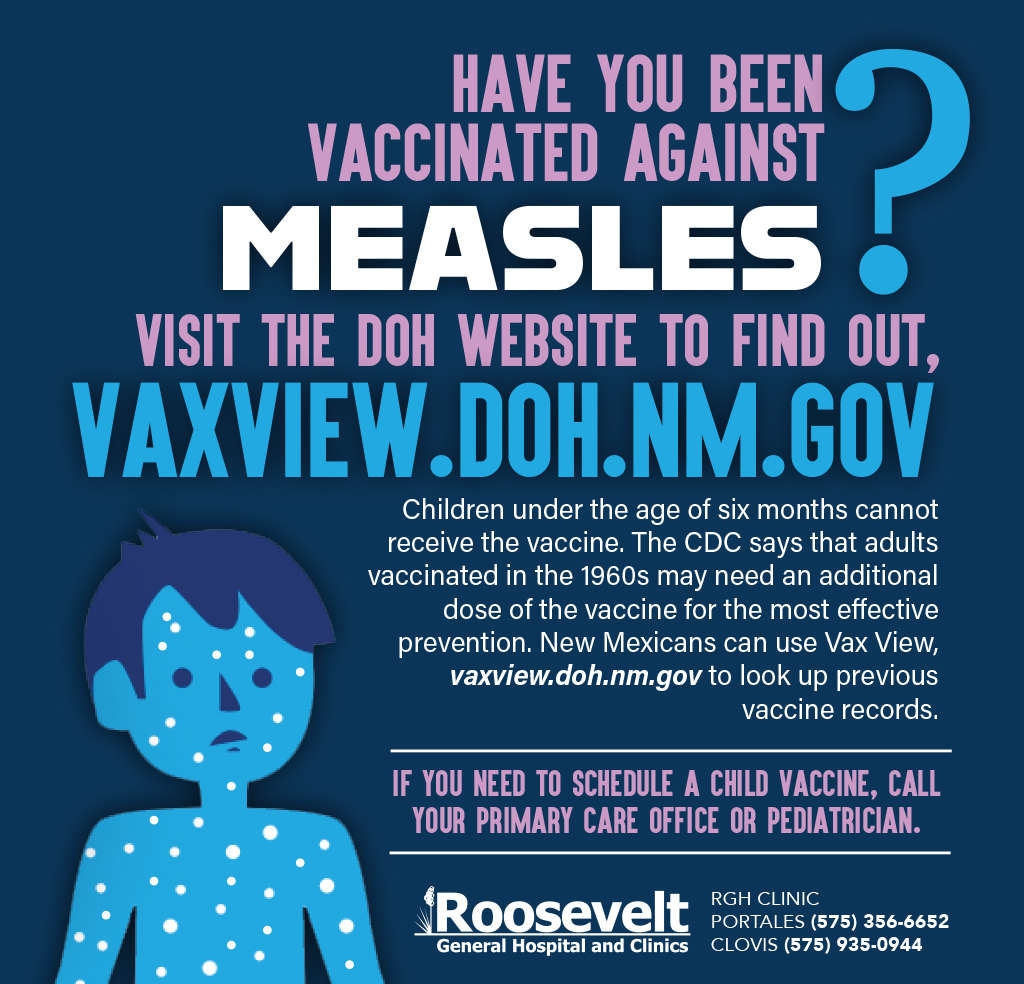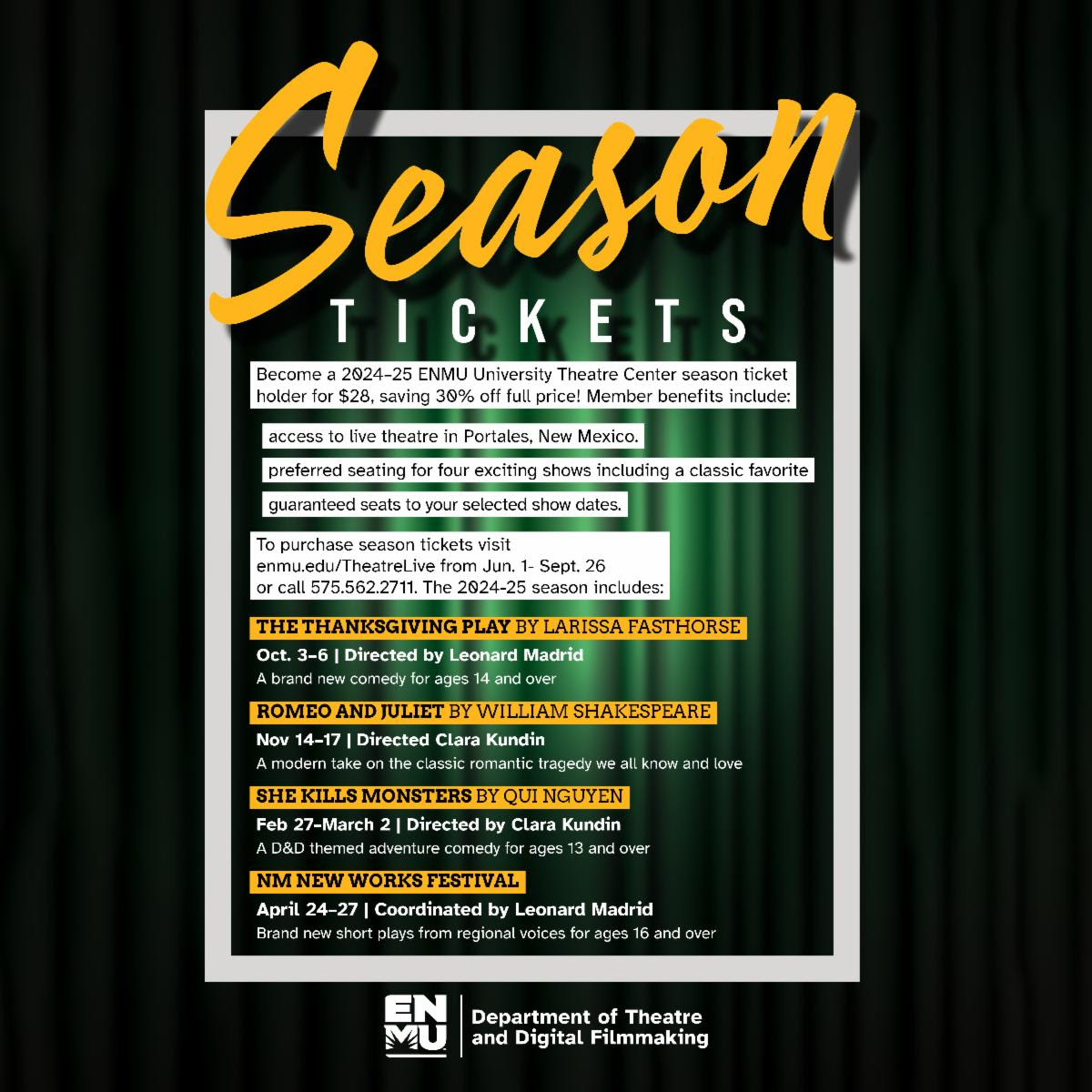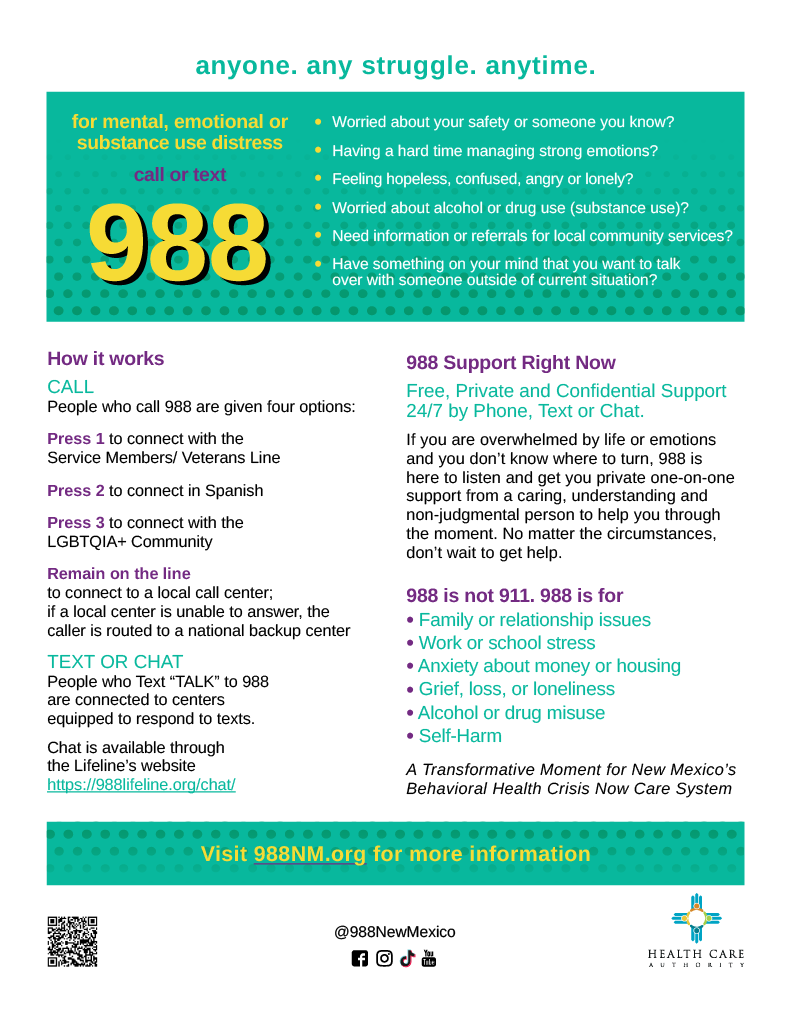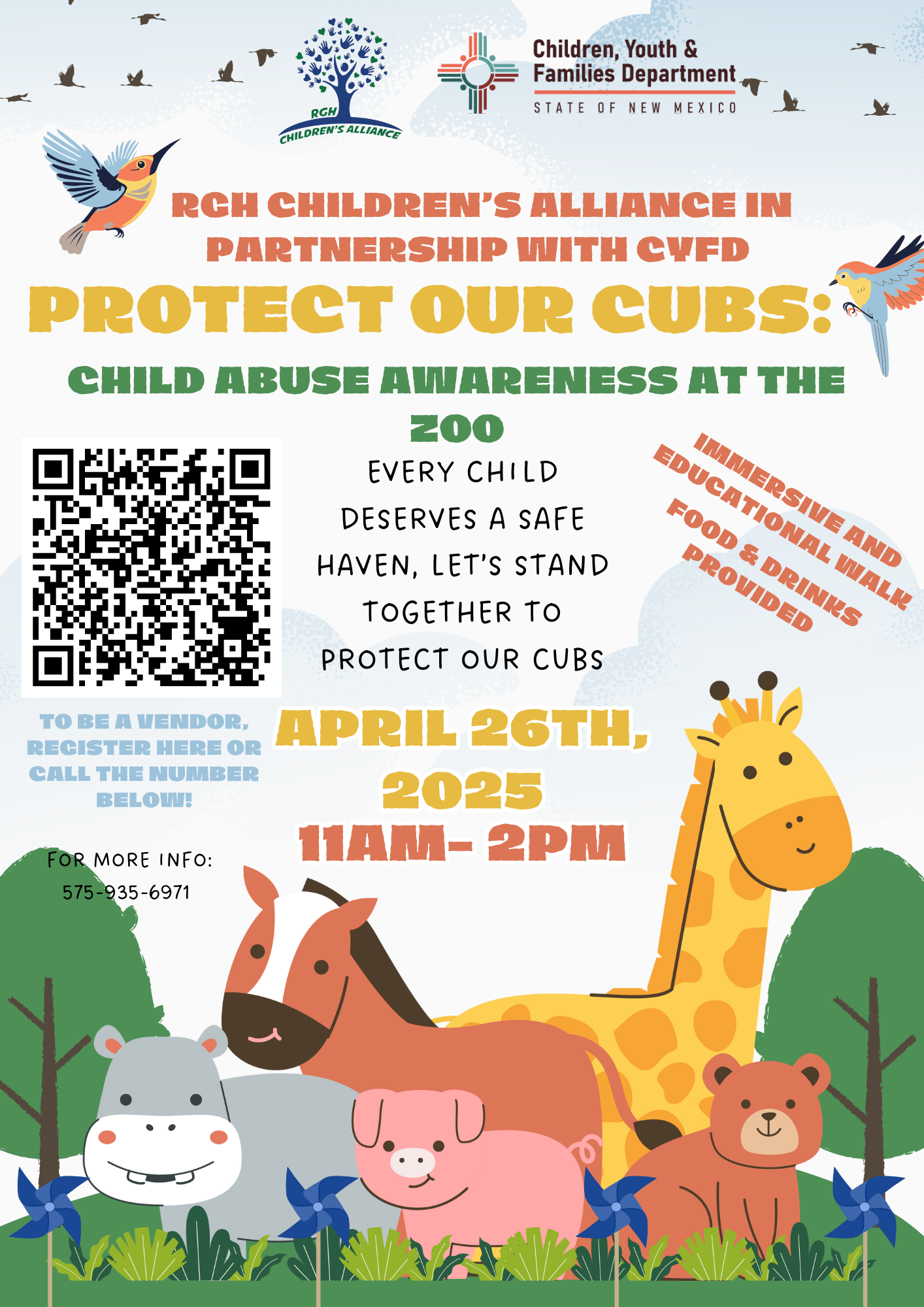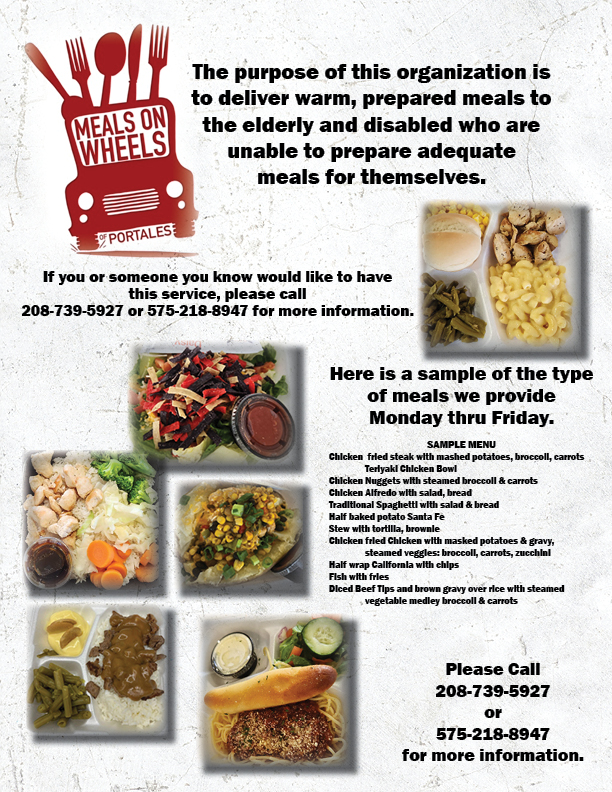80 wildfires have burned more than 12,000 acres since January 1st
Santa Fe, NM – At a news conference today, the Energy, Minerals and Natural Resources Department, Forestry Division, and its partners came together to observe Southwest Wildfire Awareness Week in New Mexico and Arizona. This year’s theme, “don’t wait for wildfires to start, prepare and be aware,” carried through the event as EMNRD Cabinet Secretary Sarah Cottrell Propst and others encouraged New Mexicans to remember that wildfire prevention and preparedness is everyone’s responsibility.
“Wildfires have become a frightening new normal due, in part, to the worsening climate crisis, but while wildfires are inevitable, the destruction of homes, ecosystems, and lives are not,” said Secretary Cottrell Propst. “While the State and its partners work on multiple large-scale treatment projects each year, it’s important that landowners, homeowners, and visitors also do their part by being responsible stewards of the land and help prevent human-caused fires.”
A total of 80 wildfires have burned more than 12,000 acres of state and private land since January 1, and nearly all of those fires were started by people. Half of the fires occurred in March alone. Ongoing drought and a buildup of fuels are also increasing the threat of catastrophic wildfire across the state.
“Our last monsoon was robust, allowing fine fuels like grasses to grow tall across the state,” said Forestry Division Deputy Director Lindsey Quam. “A dry winter followed the wet monsoon, grasses dried out, and now spring moisture is stimulating growth again. It’s a double-edged sword because we are heading into the windy season, and grasses can dry out within hours, providing ample fuel for wildfires.”
There are many ways the public can help prevent wildfires and protect communities.
- Recreate responsibly by following local fire restrictions, ensuring campfires are out cold, securing tow chains on trailers and RVs so they don’t drag, and keeping spark arrestors in proper working order on off-road vehicles.
- Stay fire safe around your home and workplace when using equipment that could cause a spark. When working outside, have a shovel, water, or fire extinguisher nearby to quickly put out flames from sparks that could catch dry grass and other flammable materials on fire.
- Never toss cigarettes, matches, or other smoking materials from moving vehicles. Dry grass along roadsides can easily ignite within minutes.
- Follow local ordinances when burning yard waste, and do not burn debris or weeds on windy days. Keep a shovel, water, or fire extinguisher on hand to keep fires in check.
The primary threat to homes during a wildfire are embers and not direct flames. Embers are small pieces of burning debris that can be carried more than a mile from a wildfire by the wind. Understanding and maintaining the Home Ignition Zone is the best way to withstand the threat of an ember storm. The Forestry Division encourages residents to work with its six local districts across the state or their local fire department to learn more. The following links also provide information on what to do before, during, and after a wildfire.
https://www.emnrd.nm.gov/sfd/ https://www.nfpa.org/
https://facnm.org/ https://afterwildfirenm.org/








